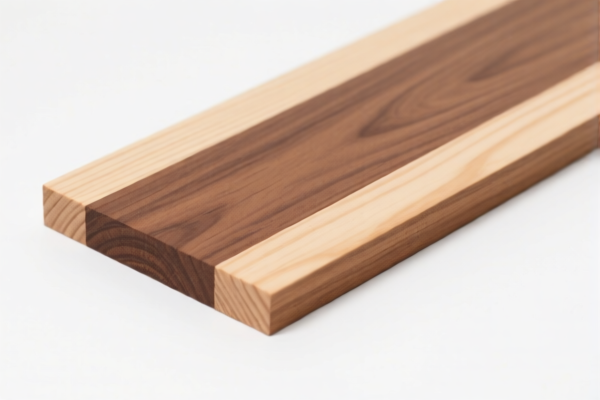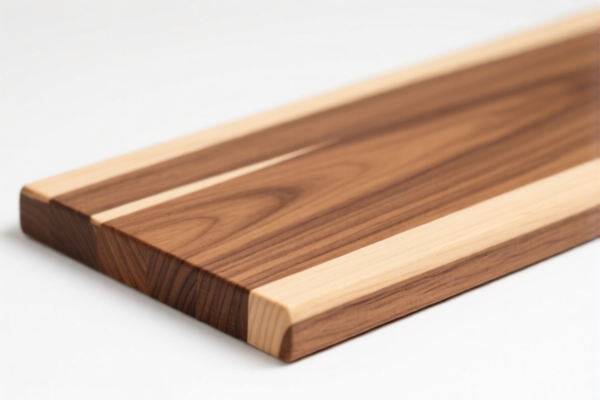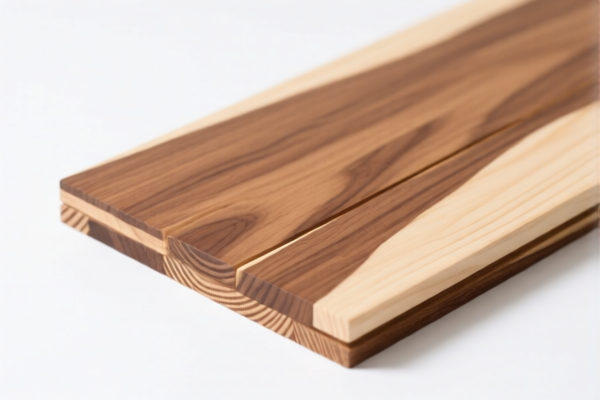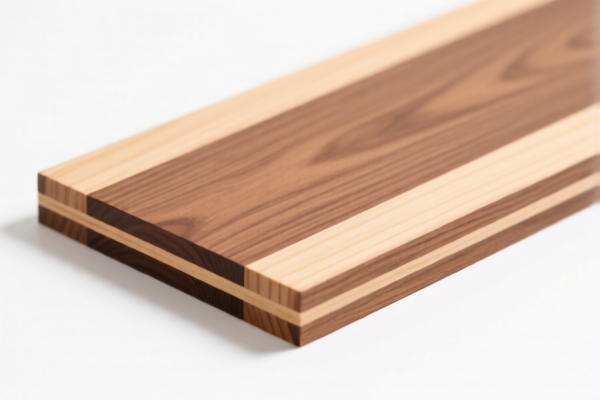| HS Code | Official Doc | Tariff Rate | Origin | Destination | Effective Date |
|---|---|---|---|---|---|
| 4823901000 | Doc | 55.0% | CN | US | 2025-05-12 |
| 4823907000 | Doc | 55.0% | CN | US | 2025-05-12 |
| 4821904000 | Doc | 55.0% | CN | US | 2025-05-12 |
| 4821902000 | Doc | 55.0% | CN | US | 2025-05-12 |
| 3919905060 | Doc | 60.8% | CN | US | 2025-05-12 |
| 3919905010 | Doc | 60.8% | CN | US | 2025-05-12 |
| 3926904800 | Doc | 33.4% | CN | US | 2025-05-12 |




Glue Board
A glue board is a flat surface coated with a strong adhesive, used for trapping insects, rodents, or other pests.
Material:
- Board: Typically constructed from cardboard, wood, or plastic.
- Adhesive: Commonly utilizes a non-drying, viscous adhesive. Historically, rosin-based adhesives were prevalent, but modern formulations often employ polybutene or other synthetic polymers. These adhesives are designed to remain sticky indefinitely, allowing for prolonged capture effectiveness.
Purpose:
The primary purpose of a glue board is pest control. They offer a passive trapping method, requiring no electricity or moving parts.
Function:
Pests are attracted to the board – often through the use of pheromones or food-based lures incorporated into the adhesive. Once they step onto the surface, they become firmly stuck.
Usage Scenarios:
- Residential: Used in homes to control insects like cockroaches, moths, and spiders, as well as rodents like mice. Often placed under sinks, in closets, or along walls.
- Commercial: Employed in food processing facilities, warehouses, and other businesses to monitor and control pest populations.
- Industrial: Used in greenhouses, storage units, and other industrial settings.
- Monitoring: Glue boards can serve as a monitoring tool to identify the type and extent of pest infestations.
Common Types:
- Flat Boards: The most basic type, consisting of a flat surface coated with adhesive.
- Folding Boards: Designed to fold around pipes or other structures, increasing the trapping surface.
- Multi-Catch Boards: Larger boards with multiple adhesive sections, capable of capturing numerous pests.
- Pre-Baited Boards: Incorporate attractants like pheromones or food lures to enhance effectiveness.
- Covered Boards: Feature a cover to protect the trapped pests from view and prevent contamination.
- Insect-Specific Boards: Designed with specific attractants to target particular insect species.
Based on the provided information, “glue board” can be classified under several HS codes, depending on its composition and specific application. Here's a breakdown of potential classifications:
- 4823901000: This HS code covers “Other paper, paperboard, cellulose wadding and webs of cellulose fibers, cut to size or shape; other articles of paper pulp, paper, paperboard, cellulose wadding or webs of cellulose fibers: Other: Of paper pulp”. If the glue board is primarily made of paper pulp, this could be a suitable classification. The total tax rate is 55.0%, comprising a 0.0% base tariff and a 25.0% additional tariff, increasing to 30.0% after April 2, 2025.
- 4823907000: This HS code covers “Other paper, paperboard, cellulose wadding and webs of cellulose fibers, cut to size or shape; other articles of paper pulp, paper, paperboard, cellulose wadding or webs of cellulose fibers: Other: Other: Other: Of cellulose wadding”. If the glue board is made of cellulose wadding, this HS code may apply. The total tax rate is also 55.0%, with a 0.0% base tariff and a 25.0% additional tariff, increasing to 30.0% after April 2, 2025.
- 3926904800: This HS code covers “Other articles of plastics and articles of other materials of headings 3901 to 3914: Other: Photo albums”. If the glue board is used as a component within a photo album or similar plastic article, this HS code could be relevant. The total tax rate is 33.4%, consisting of a 3.4% base tariff and a 0.0% additional tariff, increasing to 30.0% after April 2, 2025.
Explanation of HS Code Structure (based on provided reference):
The HS codes consist of six digits, categorized as follows:
- Chapter (First two digits): Indicates the broad category of the product. For example, Chapter 48 relates to “Paper or paperboard, cellulose wadding and webs of cellulose fibers”. Chapter 39 relates to “Plastics and articles thereof”.
- Heading (Next two digits): Further specifies the product within the chapter. For example, Heading 2390 within Chapter 48 refers to “Other paper, paperboard, cellulose wadding and webs of cellulose fibers, cut to size or shape; other articles of paper pulp, paper, paperboard, cellulose wadding or webs of cellulose fibers”.
- Subheading (Last two digits): Provides a more detailed description of the product. For example, Subheading 9010 within Heading 2390 specifies “Of paper pulp”.
Important Note:
The correct HS code classification depends on the material composition and intended use of the glue board. It is recommended to carefully examine the product's characteristics and consult with a customs professional for accurate classification.
Customer Reviews
No reviews yet.